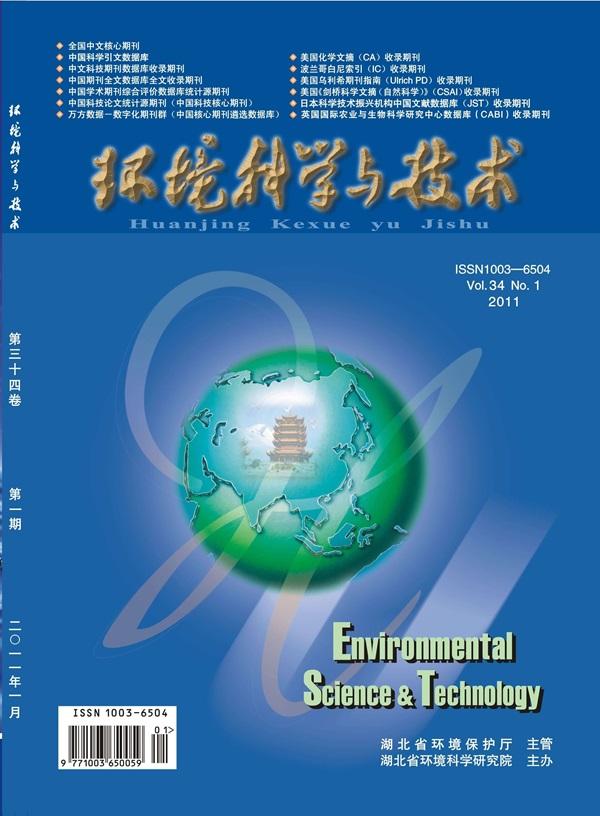Strong Photochemical Activity of Colored Microplastics Containing Cadmium Pigments: Mechanisms and Implications
IF 10.8
1区 环境科学与生态学
Q1 ENGINEERING, ENVIRONMENTAL
引用次数: 0
Abstract
Plastics used in daily life are often colored for esthetic and functional purposes. Nevertheless, little is known about the photochemical activity of colored microplastics and the associated risks that are ubiquitous in the environment. In this study, we report the strong photochemical activity of microplastics colored with cadmium pigments. These colored microplastics can be excited by photons within the solar spectrum (<514 nm), readily generating •OH, O2•–, and H2O2. Consequently, they can effectively degrade 17β-estradiol, achieving >91% degradation within 23 h under simulated solar exposure. Among microplastics colored with different cadmium pigments, those with a cadmium pigment S/Se ratio of 2:5 exhibited the highest photoactivity. This is attributed to the narrow band gap, fast charge separation, and efficient charge transfer of the microplastics, as suggested by the energy band, photocurrent, and electrochemical impedance results. Meanwhile, hazardous Cd2+ was leached from colored microplastics mainly owing to the oxidation of pigment lattices by photogenerated holes. Our results reveal that microplastics colored with photoactive inorganic pigments behave drastically differently from uncolored counterparts. This highlights the importance of considering pigments as a critical factor for better assessing the environmental fate and risks of colored microplastics and plastic products.

求助全文
约1分钟内获得全文
求助全文
来源期刊

环境科学与技术
环境科学-工程:环境
CiteScore
17.50
自引率
9.60%
发文量
12359
审稿时长
2.8 months
期刊介绍:
Environmental Science & Technology (ES&T) is a co-sponsored academic and technical magazine by the Hubei Provincial Environmental Protection Bureau and the Hubei Provincial Academy of Environmental Sciences.
Environmental Science & Technology (ES&T) holds the status of Chinese core journals, scientific papers source journals of China, Chinese Science Citation Database source journals, and Chinese Academic Journal Comprehensive Evaluation Database source journals. This publication focuses on the academic field of environmental protection, featuring articles related to environmental protection and technical advancements.
 求助内容:
求助内容: 应助结果提醒方式:
应助结果提醒方式:


